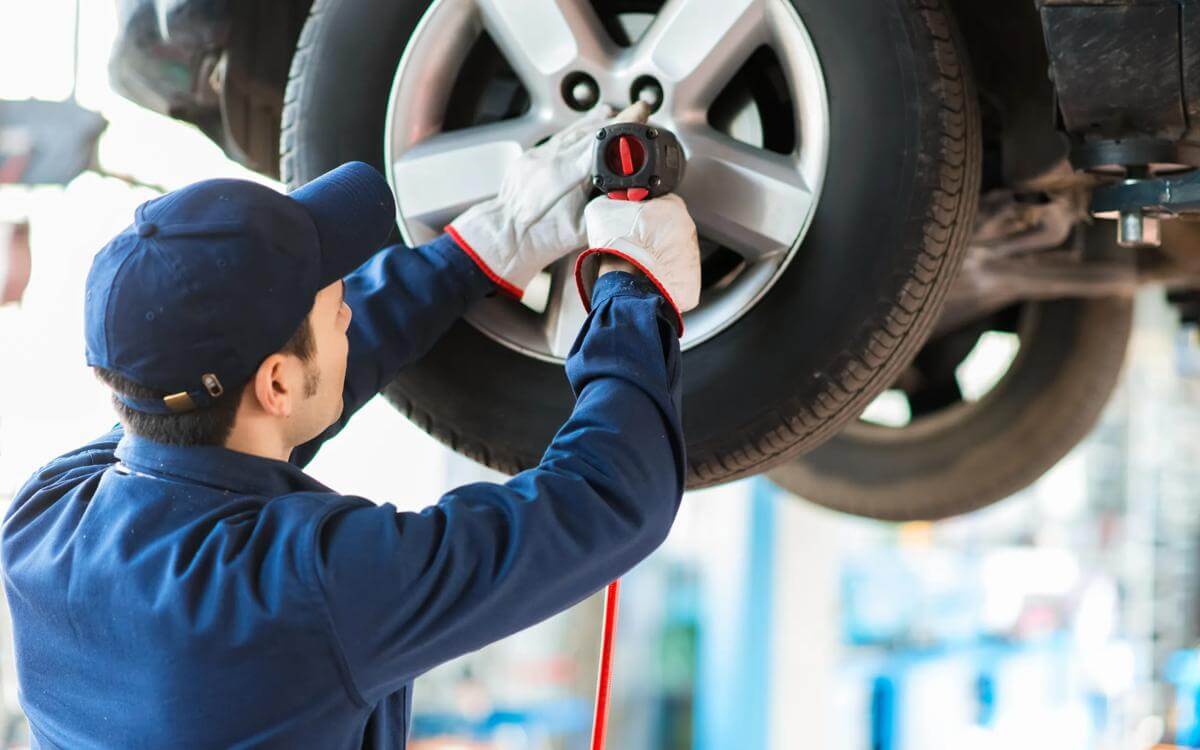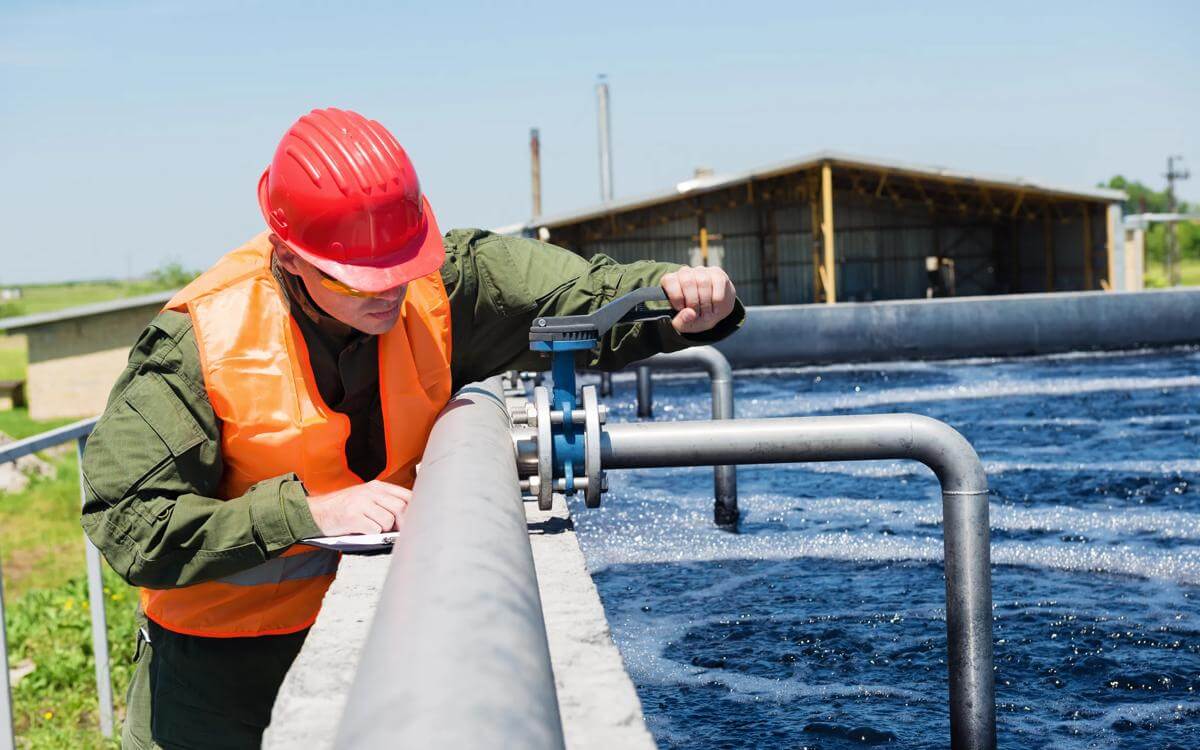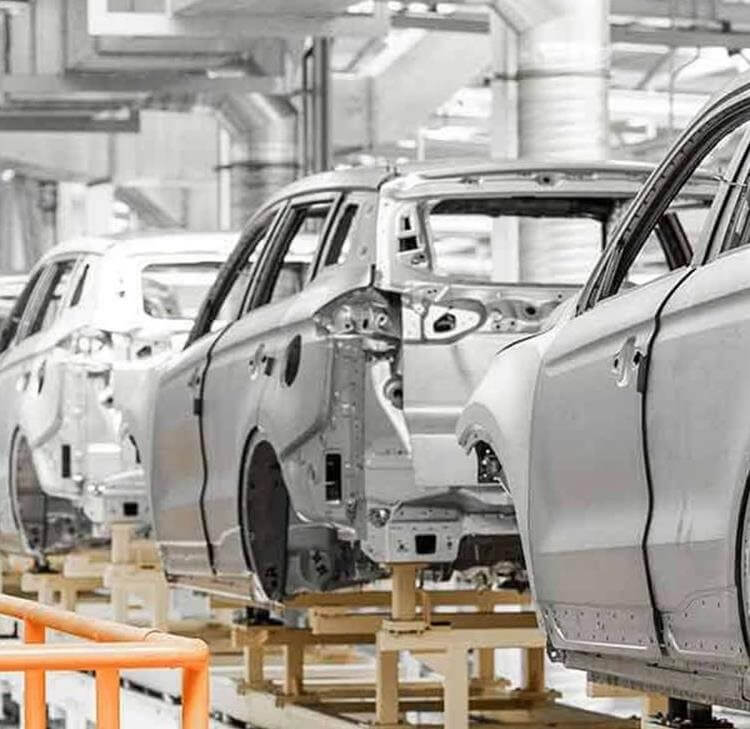The Batteries Regulation (Regulation (EU) 2023/1542), entered into force on 17 August 2023, and replaces the older Batteries Directive (2006/66/EC).
It aims to address the entire lifecycle of batteries, from design and production to collection, recycling, and repurposing. Businesses operating within or importing into the EU battery market will need to fully understand their obligations to ensure compliance.
Who needs to comply?
The EU Batteries Regulation casts a wide net, encompassing all 'economic operators' involved in placing batteries on the EU market or putting them into service. This broad definition includes:
- Manufacturers: Companies that produce batteries under their own name or trademark. This also extends to those who design or have batteries manufactured and then supply them under their own brand for the first time within the EU.
- Importers: Any person established in the EU who places a battery from a third country on the EU market.
- Distributors/Retailers: Any person in the supply chain, other than the manufacturer or importer, who makes a battery available on the EU market.
- Other natural or legal persons: This ensures that the regulation covers various business models, including distance sellers, who introduce batteries into the EU market.
The regulation applies to a wide range of battery types, including: portable, electric vehicle (EV), industrial, light means of transport (LMT), and starting, lighting, and ignition (SLI) batteries.
What needs to be done? Key compliance requirements
The new regulation introduces a number of requirements in support of the policy aim of making batteries safer, more sustainable, and increasingly recyclable.
Key obligations include:
- Extended Producer Responsibility (EPR): Producers are now largely responsible for the entire lifecycle of their batteries, including financing or organising the collection, treatment, and recycling of waste batteries. This requires establishing collection schemes within each EU Member State.
- Design for removability and replaceability: For the vast majority of products containing portable batteries, the battery must be readily removable and replaceable by the end-user at any time during the product's lifetime. Instructions and safety information for removal and replacement must be provided. There are very narrow exemptions for specific products (e.g., those in wet environments, or certain medical devices requiring continuous power for safety).
- Recycled content targets: By 2031, batteries must contain minimum levels of recycled content for cobalt (16%), lead (85%), lithium (6%), and nickel (6%). This requires robust tracking and verification processes.
- Carbon footprint declaration: Manufacturers are required to calculate and declare the carbon footprint generated during the entire battery production process, with the aim of encouraging reductions in greenhouse gas emissions.
- Battery passport and labelling: A digital 'battery passport' will be introduced for certain battery types, providing information on performance, durability, chemical composition, and other relevant data. All batteries must also bear specific labels, including a CE mark, the separate collection symbol, and information on capacity and duration.
- Performance and durability: Batteries must meet specific performance and durability criteria.
- Hazardous substance restrictions: Continued restrictions on mercury, cadmium, and lead in batteries.
Distinguishing economic operators: Practical examples
Understanding your role in the supply chain is paramount for compliance and is somewhat complex. A producer, distributor, and exporter under the Regulation are subject to slightly different obligations and practical examples are helpful in illustrating what the categories are and how one can become a producer inadvertently:
Producer
- Example 1 (manufacturer): A company in Germany manufactures car batteries under its own brand and sells them directly to car manufacturers in France and Italy. This company is the producer in Germany, France, and Italy, as they are placing the batteries on the market for the first time in those Member States.
- Example 2 (brand owner): A company in Spain designs a new line of e-bike batteries but outsources manufacturing to a factory in China. The Spanish company sells these batteries in the EU under its own brand. The Spanish company is the producer, as they are supplying batteries for the first time under their own name within the EU.
- Example 3 (importer for own brand): A UK-based company imports portable batteries from outside the EU and sells them under its own brand name within EU member states. This company would be considered the producer for the purposes of the EU Battery Regulation.
Distributor
- Example: A large electronics retailer with stores across the EU buys portable batteries from various manufacturers (who are the 'producers') and sells them to end-users. This retailer is a distributor. Their obligations primarily revolve around ensuring that the batteries they sell comply with the regulation (e.g., bear the correct markings) and that they offer take-back schemes for waste batteries.
Exporter
- Example: A company in the EU manufactures specialised industrial batteries and sells them to a company in the United States. This EU company is an exporter. While they must comply with the EU's manufacturing and design requirements for batteries they produce, their direct obligations under the EU Batteries Regulation for the batteries they export out of the EU are generally related to their producer responsibilities within the EU for any batteries they place on the EU market. If they only produce for export outside the EU, they would primarily be subject to the regulations of the importing country.
Due diligence: A cornerstone of the new regulation
The EU Batteries Regulation introduces mandatory due diligence obligations for economic operators placing batteries on the EU market. This is a critical shift, requiring companies to identify, prevent, mitigate, and account for human rights, social, and environmental risks along their battery raw material supply chains.
These obligations specifically target the sourcing, processing, and trading of key raw materials used in battery manufacturing, such as cobalt, natural graphite, nickel, and lithium.
Companies must:
- Adopt and communicate a comprehensive battery due diligence policy aligned with international standards (e.g., OECD Due Diligence Guidance).
- Develop robust management systems to support this policy.
- Implement systems for transparency and controls, such as chain of custody or traceability.
- Engage with suppliers and relevant stakeholders to address identified risks.
- Add certain requirements into supply chain contracts.
- Report on their due diligence efforts.
Due diligence under the regulation is not a one-off exercise but an ongoing, proactive process. Companies must be able to demonstrate that their systems are effectively identifying and mitigating risks across what are often complex and opaque supply chains.
Enforcement, phased implementation and delays
The EU Batteries Regulation entered into force on 17 August 2023, with many provisions becoming applicable in a phased manner.
Many requirements, such as those related to conformity assessment and CE marking, became applicable from 18 February 2024, and 18 August 2024.
Key dates and delays:
- Due diligence obligations: Originally set to apply from 18 August 2025, the enforcement date for due diligence obligations has recently been delayed by two years to 18 August 2027. This delay, part of the European Commission's "Omnibus IV" package, aims to address industry concerns regarding the availability of accredited verification bodies and to allow more time for preparation.
- Guidance on due diligence: The Commission also intends to publish non-binding due diligence guidelines a year before the obligations take effect, currently projected for July 2026.
- Removability and replaceability: The obligation for portable batteries to be readily removable and replaceable by the end-user applies from 18 February 2027. Guidance on this requirement was published in February 2025.
- Recycled content targets: These targets will gradually come into force until 2031.
- Labelling information: Specific labelling requirements for capacity and duration will apply from 18 August 2026.
The phased approach, and recent delays, suggest a level of pragmatic implementation and acknowledgment of the significant adjustments required from industry. However, businesses would be wise to guard themselves against viewing these delays as an opportunity to pause or delay.
The extra time is likely to be valuable and necessary, especially for the complex due diligence requirements, to ensure readiness well in advance of the new deadlines. Non-compliance can lead to penalties and reputational damage, making proactive engagement with the new regulation essential for any business dealing with batteries in the EU market.
Impact on UK companies trading into the EU
For UK companies that manufacture or supply batteries, or products containing batteries, into the EU market, the EU Batteries Regulation represents a significant compliance challenge.
Despite Brexit, the principle of "no compliance, no market access" remains firmly in place. This means that any UK company wishing to place batteries on the EU market, regardless of whether they are a manufacturer, importer (into the EU), or even a distance seller, must adhere to the new EU rules.
UK companies exporting batteries or battery-containing products to the EU will be treated as non-EU economic operators.
To place products on the EU market, they will generally need to appoint an EU-based authorised representative or importer who will bear direct responsibility for ensuring compliance with the Regulation within the EU. This includes obligations such as:
- Ensuring the batteries meet all design, performance, and sustainability requirements (e.g., carbon footprint declaration, recycled content targets).
- Ensuring proper labelling and marking (e.g., CE mark, separate collection symbol, capacity information).
- Complying with the battery passport requirements where applicable.
- Adhering to the due diligence obligations for raw material supply chains (from 18 August 2027) so as to either comply if directly placing on the EU market or ensure the necessary data is available to customers within the EU who will be unable to trade otherwise.
- Divergence in UK vs. EU regulations: While the UK has its own existing Batteries Regulations (transposing the older EU Directive, now known as the Waste Batteries and Accumulators Regulations 2009), and other relevant legislation such as UK REACH and WEEE Regulations, these are now distinct from the new, more ambitious EU Batteries Regulation.
- UK batteries regulations: These currently focus on producer responsibility for collection and recycling targets for portable, industrial, and automotive batteries within the UK, and restrictions on certain hazardous substances. They also cover labelling requirements for capacity and the crossed-out wheeled bin symbol.
Companies that fail to adapt to the new EU standards risk losing market access in the EU, potentially leading to a significant competitive disadvantage. Proactive investment in sustainable design, supply chain transparency, and compliance infrastructure will be crucial for UK businesses looking to maintain their presence in the EU market.
In essence, for UK companies, selling batteries or battery-containing products into the EU means treating the EU Batteries Regulation as if it were domestic law for those specific products. The complexities of post-Brexit trade mean that navigating this new landscape requires careful planning, significant investment, and a clear understanding of both UK and EU regulatory requirements.
Contact

Bill Cordingley
Barrister (Senior Associate)
bill.cordingley@brownejacobson.com
+44 (0)330 045 1000









































